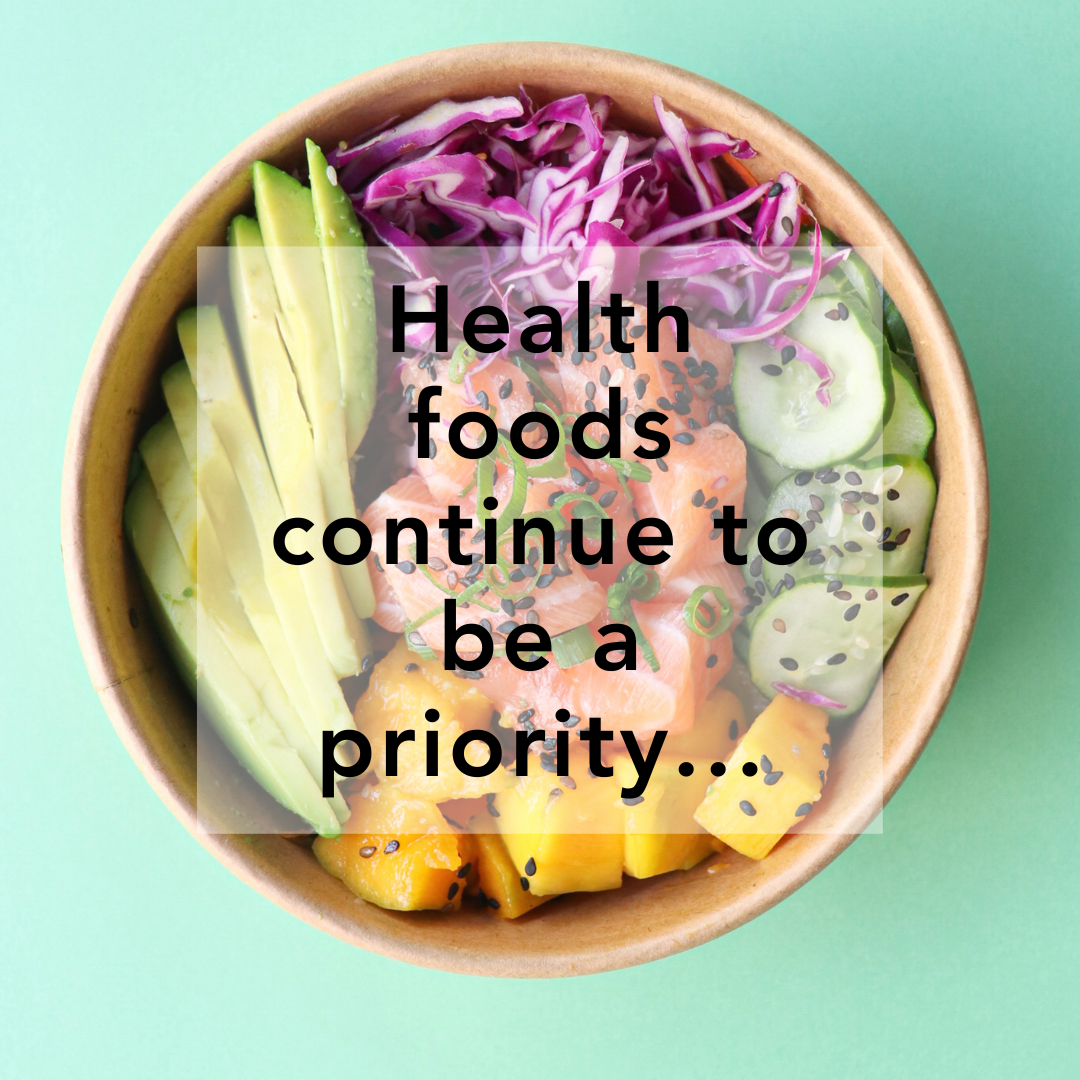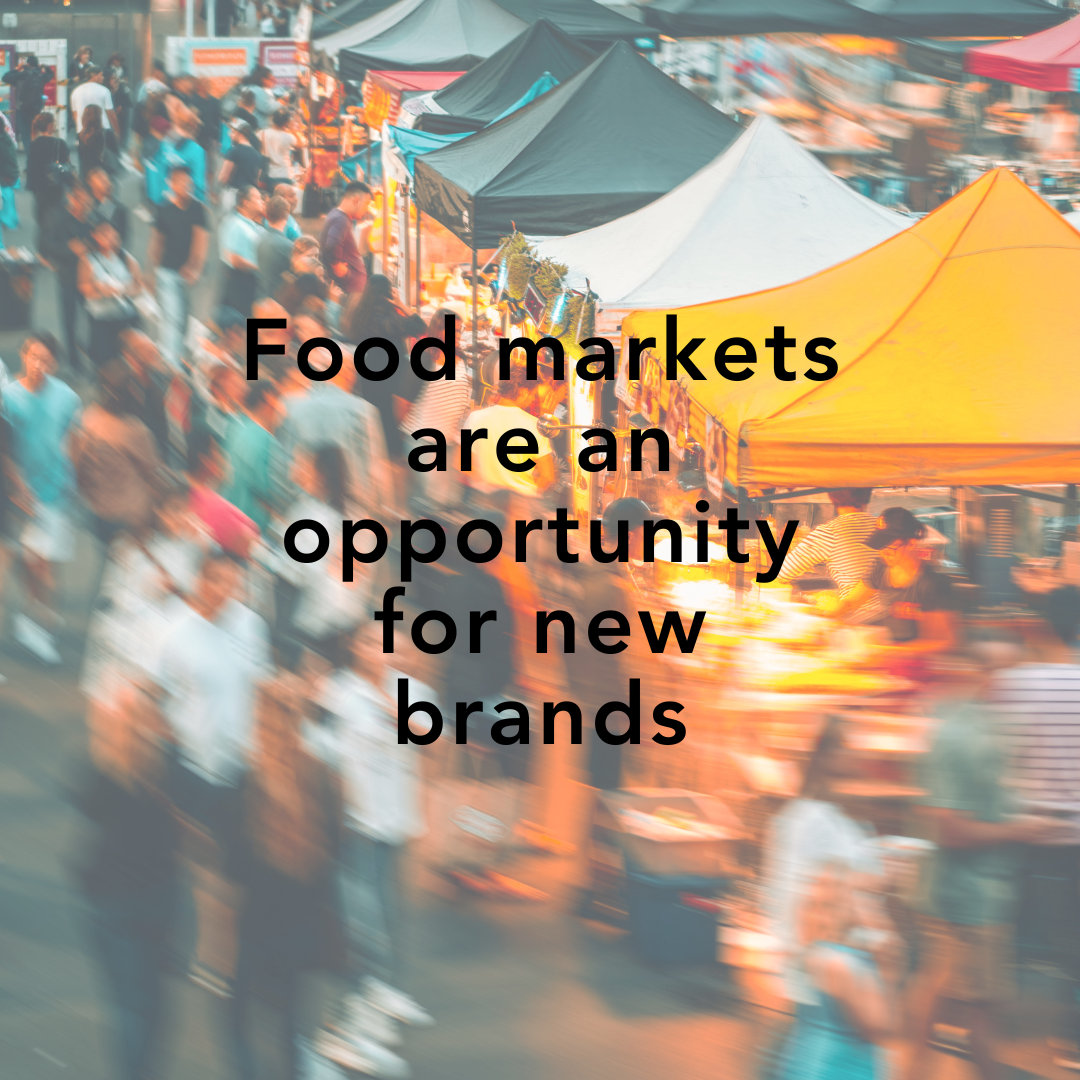Hospitality is leading the way when it comes to trends!
We recently spent some time with a trends forecaster who represents an international online retail platform; during an incredibly insightful conversation we approached the topic of “who leads the trends”. Our perception was that the fashion/retail industry led the way however we were pleasantly surprised to hear that in fact hospitality was pioneering future trends.
The industry has taken a serious hit since the pandemic left it in crisis; tackling rising costs, changes in consumer behaviour, recruitment and retention of staff.
But what is it about hospitality that means other industries are looking at them to lead the way and what’s trending?
Here’s what we discovered:
Technology is making waves…
Technology really came into its own during the pandemic, with online food deliveries becoming the new Friday night out and YouTube tutorials increasing in volume by 70%.
Once venues re-opened the QR code made a comeback enabling venues to go paperless and cashless, and reducing physical contact between employees and guests. Since then technology innovation has continued to grow and now ordering kiosks for efficiency and the use of QR codes for communication have risen.
But the use of technology in hospitality doesn’t stop there… Robots are set to take centre stage and hotels and restaurants are starting to accept that robot concierge services, pot washers and ice-cream makers are potentially a solution to their recruitment challenges.
Since the launch of platforms like Deliveroo and Just Eat, F&B brands are more and more accessible to the consumer, however the increase in fuel costs and decrease in manpower has made it difficult to meet the consumer demands. The solution to this relies on technology in the form of drones and robots delivering items directly to your door.
If Royal Mail can do it, so can Pizza!
Experience is still the hospitality buzzword!
We’ve been dabbling with the word experience for a while now, understanding what makes something memorable and understanding how brands can stand out from the crowd.
Nowadays, having beautiful interiors, a tasty menu and seamless service is not enough; venues need to go that one step further to create the “experience”.
Here’s how that’s coming to life:
Master classes: sushi-making, wine tasting, creative demonstrations make a meal out more than just a sit down experience. The desire to learn something new and create content has led to this.
Theatre: The likes of Salt Bae with his theatrical seasoning and gold leaf steaks might make a dent in the bank balance but provides an experience that people can’t wait to brag about.
Location led: Dinner in the sky overlooking the city of London, or on a boat sailing along the Thames.
Branded retail: Enabling guests to take a bit of your brand home with them, think recipe books, signature sauces and tea towels but to the next level.
Instagrammable moments: Through the use or technology, Instagram backdrops, beautiful food and drink – not only do your guests love it but it does wonders for your user generated content! Who needs a marketing budget if you can get this bit right?
Activating the senses: The experience is more that just what you learn and remember.
Health food and nutrition remains a hot topic!
Whilst Keto, high protein, flexitarian, plant based and sugar free options are still a key trend, more focus is being placed on gut health and nutrition.
Gut health in particular has moved even higher up on the agenda as consumers are beginning to better understand how different foods interact with their organs, brain, skin and the immune system. There’s been a surge of gut friendly products to hit the market over recent months and communicating their benefits is a key focus.
Sea plants are set to become the next super food and seaweed, dulse, kelp and samphire are appearing on more menus. Experts predict that Zostera Marina, a sea grass being harvested for its grains will become the rice of the sea.
Sustainability sits at the forefront of priorities…
The launch of Michelin’s green star means that more restaurants are working sustainability into their business plan with the aim of gaining recognition.
Many have focused on closing the supply chain by growing there own and setting up independent rural farms as well as focusing on zero waste by turning food waste into plant based protein and fibre.
Carbon miles are set to become the new calories due to the increase in transparency and carbon labelling, despite carbon being hard to measure.
International food is taking us on new journeys!
There’s been a recent surge in the popularity of Japanese and Korean food. Japanese has been a trending food option for a while but nowadays venues are digging deeper to get creative with sweet options for example.
The K-craze is encouraging consumers towards Korean food offerings such as fried chicken and corn dogs.
Flexible markets and food offerings win the popularity contest:
New restaurant brand seem to be starting their journey in the food market world and seems like a no-brainer to us. Test your product and gain a following before making the commitment to a permanent site.
However now this trend seems to be reversing, established venues are branching into the food market world with the launch of Time Out Market in Lisbon which has since expanded to open four locations through the US, Canada, Dubai and set to launch in 2023 will be London.
Time Out Market allows multiple restaurant brands to showcase their offering on a scaled down version in the form of a food market.
Our conclusion:
We don’t know about you but none of this is ground breaking news to us! The superfood movement, sustainability focuses and experience being a key point has been trending for quite some time now.
What we do see though is the desire to take these topics to the next level, offer amazing service as well as surviving as a successful F&B business during these challenging times.
Our recent experiences have also seen more hospitality brands digging deeper to truly discover their brand and what it means to them and their guests.




